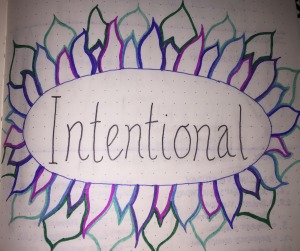This week an interesting article came to my attention. Written by an American school teacher in North Carolina, Anthony Johnson, it details how he creates a year long real world simulation for his fifth grade students. His results are insightful, and not remotely surprising to most British home educators. Many of us are, either intentionally or by result of trial and error, practicing one of a range of similar approaches with our children.
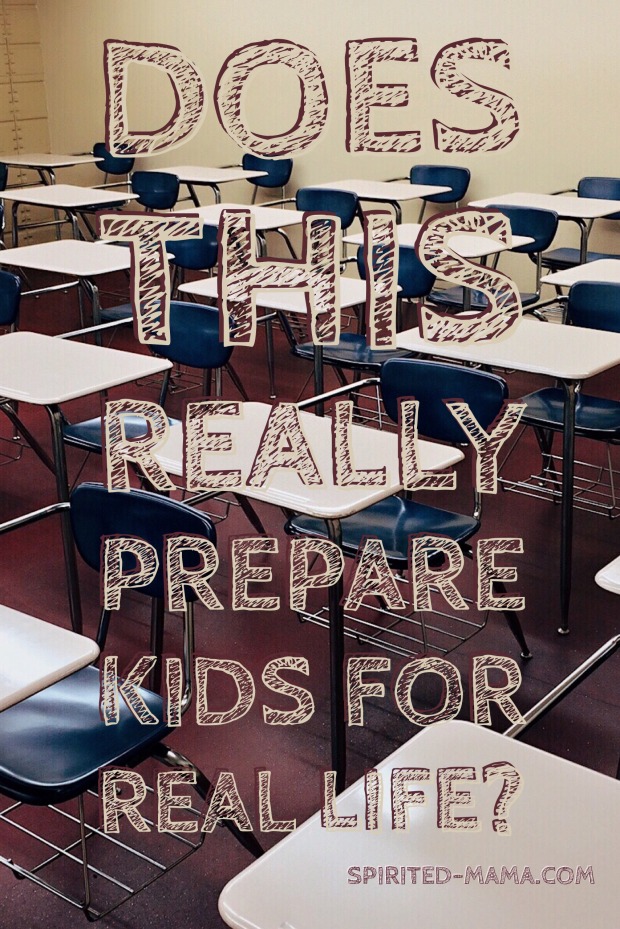
Johnson’s “simulation of adulthood” provides his students with “an interactive city where all projects intertwine to create an ecosystem of businesses and homes.” While I’m sure there are home educators who follow the National Curriculum, or other structured systems broken down by subject, it seems that the vast majority of us do not. Rather, we take a holistic approach, nurturing the whole of the child’s natural curiosity and facilitating an education that is more natural. The world isn’t neatly divided into categories that are unconnected. One thing links to another, and another. Economics, housing, health, culture, art, city planning, gardening… all are connected.
This is also how our brains work. Thoughts are not isolated. One leads to another, sometimes seemingly totally unconnected thoughts will surface in unexpected ways due to subconscious connections.
For many home educators, this is the ultimate benefit of this lifestyle choice: our children are free to follow their thought processes through to completion, which is ultimately more satisfying and learning is enjoyable and memorable.
Johnson has found that the relevancy of his simulation, which he calls “Johnsonville”, has an overwhelmingly positive effect on his students. Because they can relate their classes to the real world, to events in their own lives and those of their parents, such as finding a home, paying for it, doing a job, managing projects and so on, they remember the content of their lessons much more effectively. As a result, their test scores are well above average. The average for his school on the state science exam is 58%, while his class averages 85%.
His students are in control and have freedom to explore different elements at their own pace. He facilitates, rather than teaches, exactly as many home educators do. I remember once someone suggested I go into teaching. I grimaced and gave a firm reply in the negative. She was surprised “but you teach your own!”
“No, I don’t. I parent them. I’m a parent, I facilitate their education, sure, but I am NOT a teacher.”
This was a number of years ago, and while nothing has changed at home, as it happens, I do now “teach” a creative writing group for other home educated kids. But I strive to be a facilitator there too, giving the group discussion points and room to be creative. But I no longer shrink away from the mantle of “teacher” the way I once did.
Reading Johnson’s article, as I said, there were no surprises. I felt a great deal of agreement with his approach and there were a few “well, duh” moments, where home educators have known these things for a long time. Project based learning is extremely popular among British home educating families. Children direct their own learning, choosing what topics interest them, and parents give their child/ren opportunities to explore that topic until they exhaust it and move on to something else. We are not constrained by an arbitrary bell that tells us to switch from English to Maths. We don’t have a limited number of hours in the week in which to cover everything the National Curriculum demands of us, for no good reason.

While Johnson’s approach is rare in state funded schools, on both sides of the Atlantic, and it is certainly a vast improvement on standard classroom offerings, it is still a simulation. Its benefits are therefore limited too. For some of us, education is not separate from life at all, it is part of it, maybe even the ultimate purpose of life itself. We don’t separate learning from living. Our children don’t “play” at being adults… well, they do if they choose to, but they aren’t experiencing a simulated real world within a controlled environment, they are actually living real life all day every day.
For instance, my eldest is keen to be a YouTuber. He has played at making his own videos over and over again. He now has his own channel, for real, and is in the process of planning out the series he wants to produce. He will be filming the videos, learning to edit and upload them, how to add graphics and animations, music and other elements. He will experience publicising his channel and connecting with other kids who have their own channels. It’s all real, and it all prepares him for independence. As his parent, I obviously take his safety online seriously and will help him find the resources he needs, but it is his project to run with.
When people raise their concern that home education may be a barrier to anything, especially “socialisation”, I have to stop myself from laughing. People’s misconception couldn’t be further from the truth. Rather than being segregated from society in the artificial construct of school, my children are in the world, interacting with a mix of people they simply wouldn’t if they were in school. They get to socialise with people of all ages, in a range of situations, with varying degrees of closeness. My children get to choose when they want to see friends, and when they need alone time to recharge (as introverts, this freedom is invaluable to the three of us). They are developing genuine relationships based on mutual interests, rather than the forced association that is so often the case in the classroom.
This isn’t to say that school children don’t form real, strong friendships, of course they do. I have a few friends now who I was at school with. We see each other a few times a year to catch up. Some children thrive socially at school. But not attending school isn’t the barrier to friendship that many seem to think it is. What often seems to be the case when you dig a little deeper with people who believe the socialisation myth, is that what they were really thinking of was conformity and facing adversity. It’s true that home education allows children to assert their independence much more than school does. But that’s a good thing, in my opinion. I’m not interested in having children who blindly conform, I want them to be themselves.
Peer pressure and bullying are virtually non-existent, because throughout the primary years, children do the bulk of their socialising in the company of adults, who are on hand to iron out disagreements before they escalate. Families then have the freedom to choose more carefully who they spend time with. If bullying does crop up, the two families can easily avoid one another. In my experience, and that of a huge number of home educating families, schools are utterly incapable of handling bullying. Often, the bully is not dealt with at all, and the victim must continue to endure being in the bully’s presence every day.
In the real world, in adulthood, we have a stronger word for this: abuse. Or harassment. Both are illegal and treated seriously. If either occurs in the workplace there are usually systems in place to handle it. Adults can often adjust their lives to remove the abuser from daily life. This can be incredibly difficult at times, and many victims need support, but society as a whole does not condone this behaviour. Yet in children it is accepted, sometimes even held up as a rite of passage required in order to “toughen up” a young person to prepare them for “real life”.
But is that what happens? Not in my experience. Most often, victims of childhood peer abuse are psychologically traumatised by it and this then leads to problems in their adult lives. Current research agrees with me.
Anthony Johnson’s approach is truly commendable, and I applaud him for it. But I can’t help thinking how lucky we are to have another choice.
We aren’t simulating life, we are living it.

For more information on different home education approaches, please check out the following links.
http://www.educationotherwise.net/
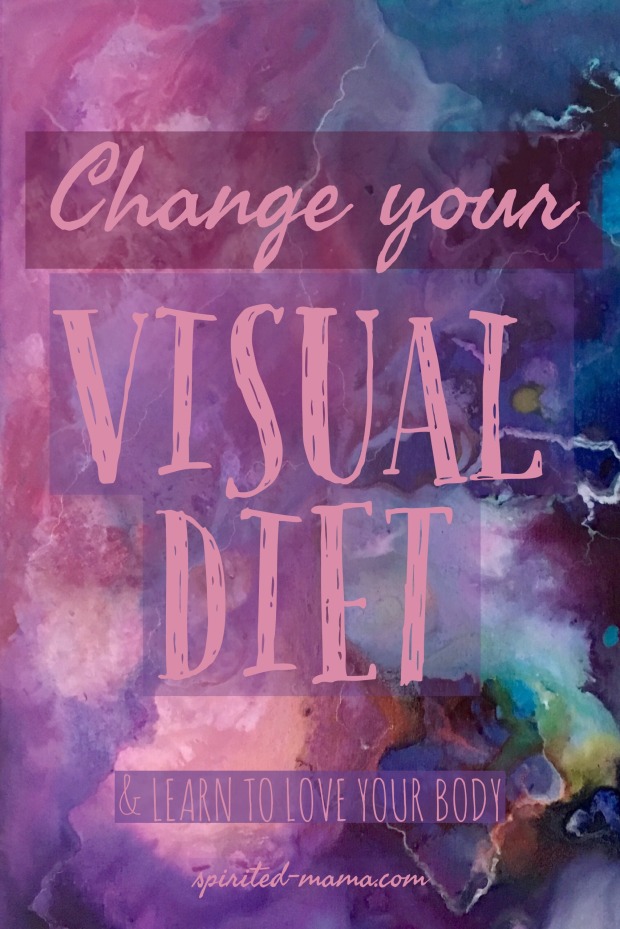
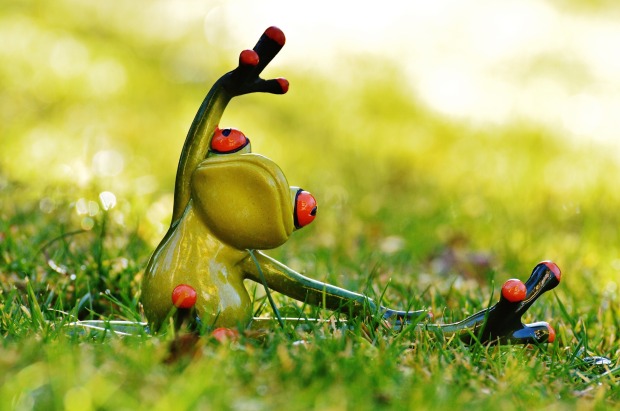


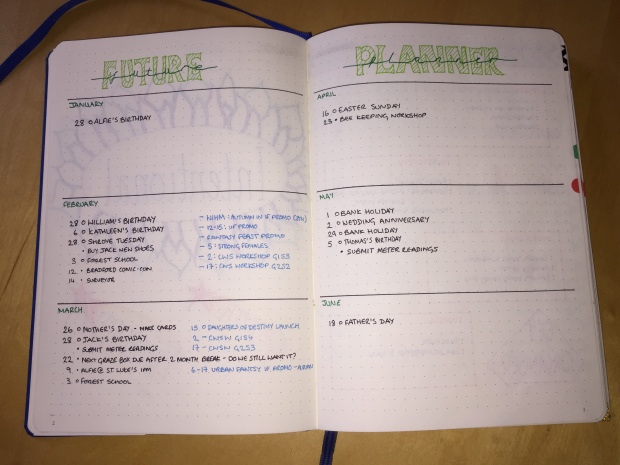


 The next best thing for me has been the ability to indulge my obsession with stationery! While you absolutely can bujo (totally made that a verb) with any old notebook and writing implement, there are some items that make this a truly enjoyable and creative experience. I use the
The next best thing for me has been the ability to indulge my obsession with stationery! While you absolutely can bujo (totally made that a verb) with any old notebook and writing implement, there are some items that make this a truly enjoyable and creative experience. I use the 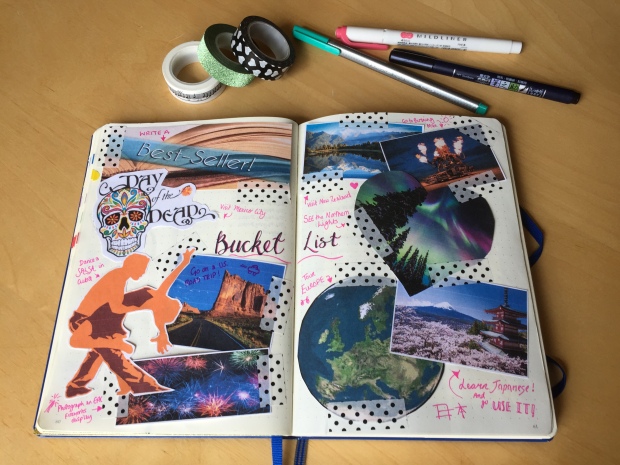
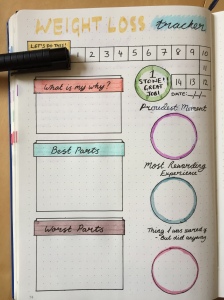

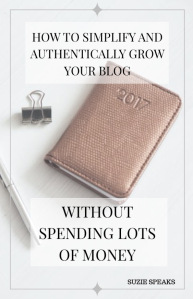
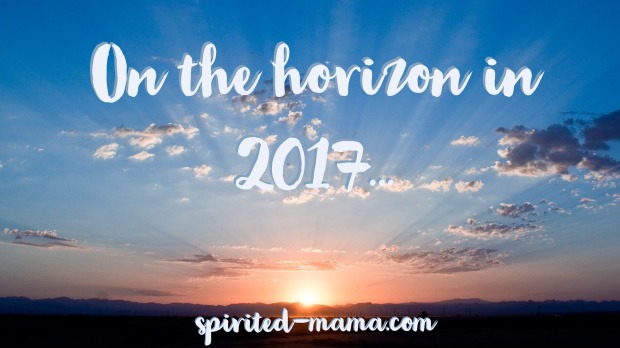
 It’s been a very Minecraft-focused period for the Munchkin and the Bean, they are obsessed and learning so much. I am bowled over constantly by how creative they are becoming. The Bean also turned 5 a couple of weeks ago! How crazy is that?! Of course, he had to have a Minecraft cake, and I confirmed, yet again, that cake decorating does not come naturally to me!
It’s been a very Minecraft-focused period for the Munchkin and the Bean, they are obsessed and learning so much. I am bowled over constantly by how creative they are becoming. The Bean also turned 5 a couple of weeks ago! How crazy is that?! Of course, he had to have a Minecraft cake, and I confirmed, yet again, that cake decorating does not come naturally to me!